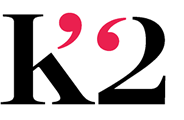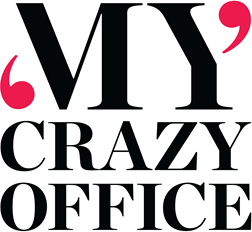How do you feel when someone offers negative feedback to you? Do you appreciate it? Do you wish the person would go away? Do you bristle or blush or get steaming mad?
Receiving, processing and responding to feedback that isn’t positive can be a challenging exercise for many people. If you’re someone who cares deeply about your work, if you’re determined to produce excellent results, negative feedback can be humbling — even painful.
But it’s also extremely rich. If you can take the message and use it for learning purposes, (instead of a whipping post) negative feedback always helps you grow.
Today, if someone criticizes your way of performing a task, or corrects your presentation, or re-writes your copy or critiques your design, see if you can take the information in without feeling bad about yourself or despising the messenger.
Say “I’m willing to find the good in this moment.” Take a breath, thank the person who delivers it, and take a little time to cool off. Then use the feedback to improve your professional self.



Looking to advertise with us?
We have sponsorships available on the My Crazy Office Podcast.
Please email us at info@mycrazyoffice.co.